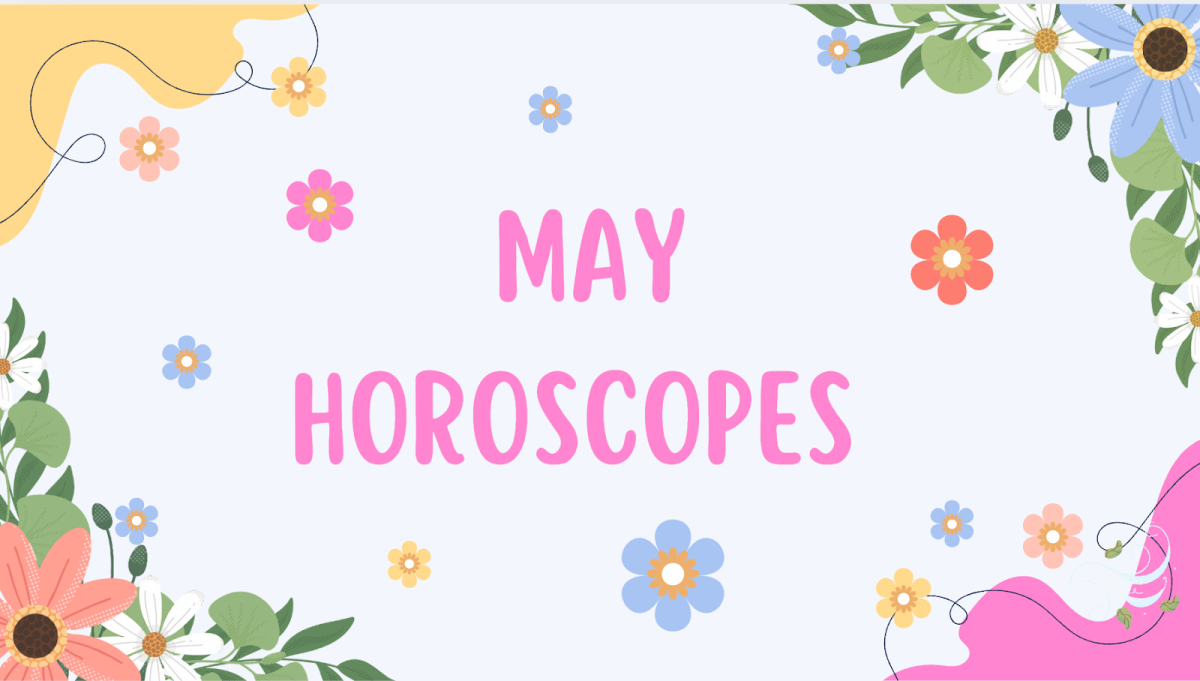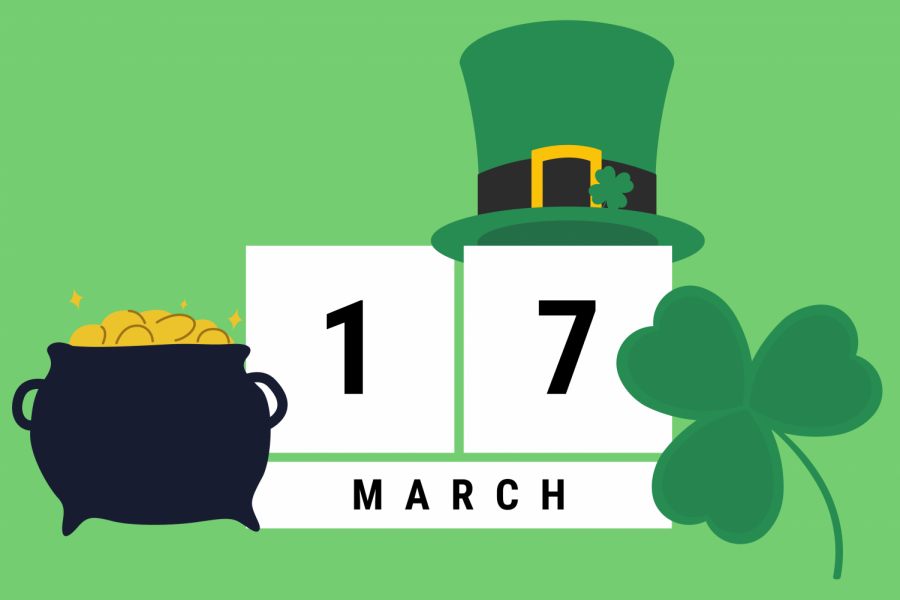Saint Patrick was not Irish
The intriguing history of St. Patrick’s Day.
Most Pascack Hills students would be familiar with the modern celebration of St. Patrick’s Day, but only few truly know the significance and origin of the holiday.
Contrary to popular belief, Saint Patrick was not Irish at all. The man who later became known as Saint Patrick, was born with the name, Maewyn Succat. He was born in Britannia, also known as modern-day Great Britain, in the latter half of the 4th century. Succat would later change his name to Patricious, the Latin derivative of Patrick which is how he became Saint Patrick.
When Succat was 16 years old, Irishmen raided his village, causing him to be captured and forced into slavery. After six years, he escaped and returned home to his family. It was some time after this, as he recounts in his famous work Confessio, that he had a peculiar dream, which would ultimately change the course of his life.
In his dream, Succat received a letter that read “The Voice of the Irish,” and he could hear voices begging him to join the Irish people. Interpreting this dream as a sign from God, he sought to disseminate Christianity and its teachings throughout Ireland. Needless to say, he was successful, and he became the patron saint of Ireland. Mar. 17th, the anniversary of his death, became the Feast Day of Saint Patrick.
Some students at Hills were unaware of the origins of St. Patrick’s Day. Hana Sehnawi, a sophomore, gave her thoughts.
“Really? That’s crazy! We have never really talked about the history of St. Patrick’s Day in school. Now I wish I knew more,” she said.
So how did parades, shamrocks, leprechauns, corned beef, and other modern St. Patrick’s Day activities and symbols stem from one man’s story? The answers lie in Irish legend, lore, and history.
Saint Patrick is said to have used the shamrock to explain the Holy Trinity to the Irish people during his travels, each part of the leaf representing one figure in the Trinity–the Father, Son, and Holy Spirit. Since then, it has been a symbol of Ireland and its people.
The Westernized version of the celebration that people have come to know and love began early in the history of the United States. As Irish immigrants came to America, they began to find ways to celebrate their culture in a new country. Cities with a high Irish population were more inclined to have festivities. Boston held the first-ever St. Patrick’s Day parade in 1737, 39 years before America won its independence. New York City–now home to the largest St. Patrick’s Day parade in the world–followed, holding its first parade in 1762.
As far as leprechauns go, the Irish traditionally believed that the red-haired fellows were malevolent faeries. It wasn’t until modern-day St. Patrick’s Day celebrations that they became a symbol of the Feast Day.
Corned beef is traditionally eaten on St. Patrick’s day in America, however, native Irish people would actually eat bacon in celebration. Irish immigrants on New York’s Lower East Side can be accredited to popularizing the consumption of corned beef to celebrate instead of the traditional Irish bacon.
At the turn of the century, Irish immigrants were living in extreme poverty in New York. In an effort to save money, they turned to purchasing the cheapest meat they could find, which happened to be corned beef. It has been a staple in St. Patrick’s Day dinners ever since. Potatoes and cabbage, however, were traditional Irish cuisine long before the Irish emigrated to America.
When sophomore Alana Kimball was asked what St. Patrick’s Day means to her, she explained, “St. Patrick’s Day is about spending time with family and friends around great food.”
Throughout history, St. Patrick’s Day has drawn in new aspects from Irish folklore and history, resulting in the modern celebration many Hills students and Americans have come to know and love.

Hills senior Saya Ross is excited to be a part of the Trailblazer for another year. She joined the publication her sophomore year as a staff writer and edited for the College Corner section her junior year. This year, Ross is looking forward to being the staff's publicist and contacting those for information on news stories in the Hills community.
Fun fact: Ross calls herself a "crazy cat lady."













































